 October 14, 2025
October 14, 2025
So, your doctor dropped the “CKD” bomb, Chronic Kidney Disease, and now you’re staring at your plate like it’s a ticking time bomb. Relax! You’re not alone, and no, your food life isn’t over. You can still enjoy your meals; you just need to be a bit smarter (and sneakier) about what goes on your plate. Following a Chronic Kidney Disease Diet Plan for Adults can make all the difference. Let’s make kidney-friendly eating less of a punishment and more of a wellness adventure. Grab your green tea and let’s dive into the delicious (and slightly restricted) world of CKD diets!
Your kidneys are like the filters in your body’s water purifier; they remove waste and extra fluid from your blood. When they start getting tired or damaged (like that one friend who never wants to go to the gym), toxins start to build up. That’s where diet comes in. What you eat can either give your kidneys a break or push them into overtime. The goal? Keep them relaxed and happy while still keeping you nourished and satisfied. A nutritional plan to manage chronic kidney disease can help your kidneys work smarter, not harder.
Protein is essential, yes. But in CKD, too much protein makes your kidneys work extra hard to filter the waste. Imagine giving your kidneys a giant to-do list when they already need a vacation. The trick: Eat the right amount and right type of protein.
Good choices:
Avoid:
Pro tip: Your dietitian will usually suggest 0.6 to 0.8 grams of protein per kg of body weight per day, but don’t self-calculate. Always check with your healthcare provider first! Following a best meal plan for adults with chronic kidney disease ensures you get enough protein without overloading your kidneys.
If you’ve got CKD, sodium is your new frenemy. It hides in sauces, snacks, pickles, and that innocent-looking papad. Too much sodium can cause fluid retention, swelling, and blood pressure spikes; basically, all the things your kidneys hate.
Do:
Don’t:
Potassium is great for muscles, but when your kidneys can’t remove the extra, it piles up in your blood and can mess with your heart rhythm. Not fun!
Kidney-friendly veggies and fruits:
High-potassium foods to limit:
Quick hack: If you really crave potatoes, chop them, soak them in water for a few hours, and then boil; this helps reduce potassium content. Magic, right? Using a healthy diet chart for chronic kidney disease patients can make balancing potassium easier.
Your kidneys can’t handle excess fluid if they’re weak. That doesn’t mean you should dry up like a desert cactus either! The key is balance.
Do:
Don’t:
Pro tip: If your ankles are swelling or you feel puffiness around your eyes, that’s your body’s way of saying, “Hey! Too much water!”
Phosphorus is found in dairy, nuts, and processed foods. When your kidneys can’t remove it properly, it steals calcium from your bones. That means brittle bones, and we don’t want to walk around like fragile glass vases!
Good swaps:
Avoid:
Ah, the eternal question! Moderate tea or coffee intake is fine (hallelujah!), but skip sugary or creamy versions. Herbal teas like Punarnava, Tulsi, or Coriander seed tea can actually support kidney function. Following Ayurvedic diet tips for chronic kidney disease naturally helps maintain kidney balance while keeping things tasty.
If you’re a fan of natural healing, Ayurveda has some gentle kidney-loving herbs to keep things in balance:
Pro tip: Always consult your Ayurvedic doctor before starting any herb, though; because even natural things need supervision when kidneys are involved. This is part of a kidney-friendly diet plan for adults with CKD approach.
Breakfast:
Mid-morning snack:
Lunch:
Evening snack:
Dinner:
Following a Chronic Kidney Disease Diet Plan for Adults like this ensures you’re eating smart while keeping your kidneys happy. It’s also a great nutritional plan to manage chronic kidney disease.
Managing CKD isn’t about punishment; it’s about partnership. Your kidneys have worked hard for you all your life; now it’s your turn to return the favor. Think of it as giving them a well-deserved spa day every day through mindful eating.

